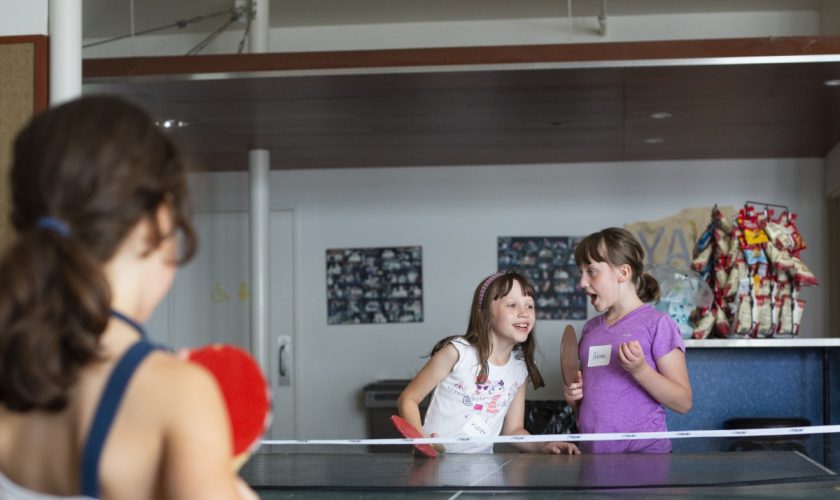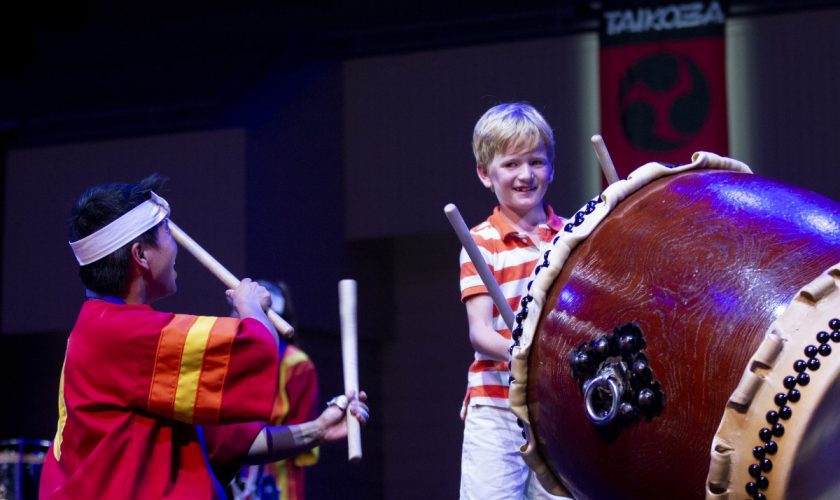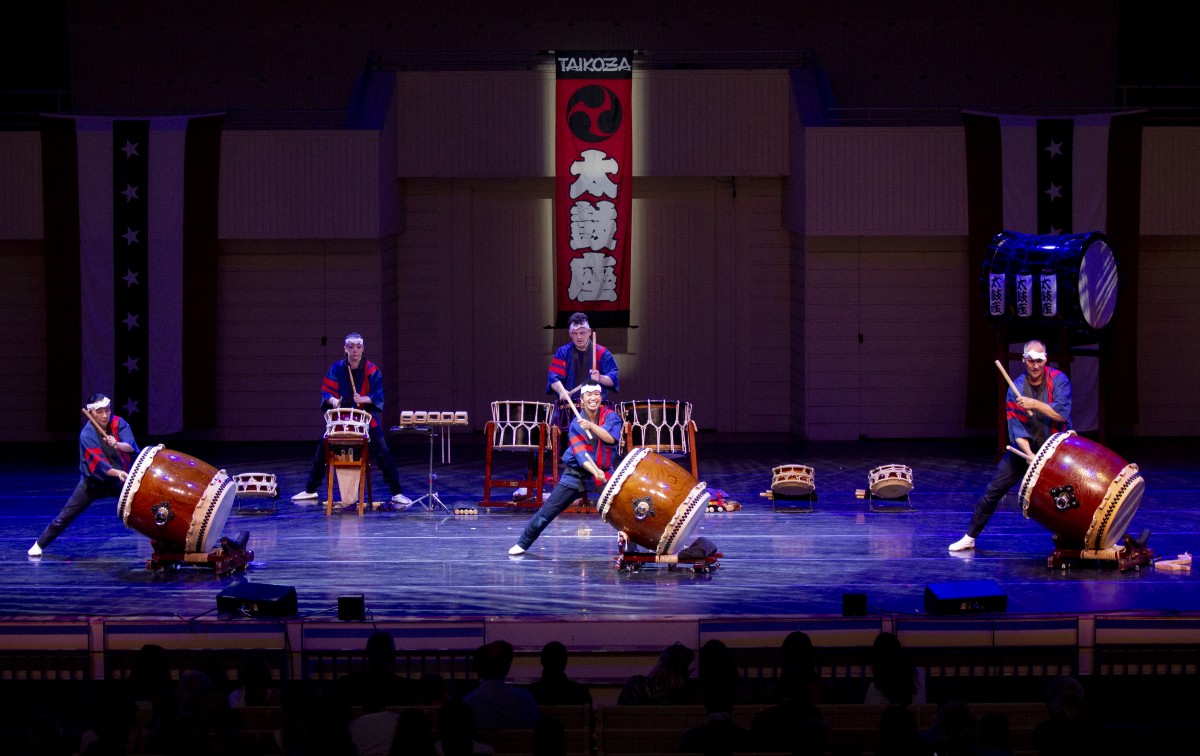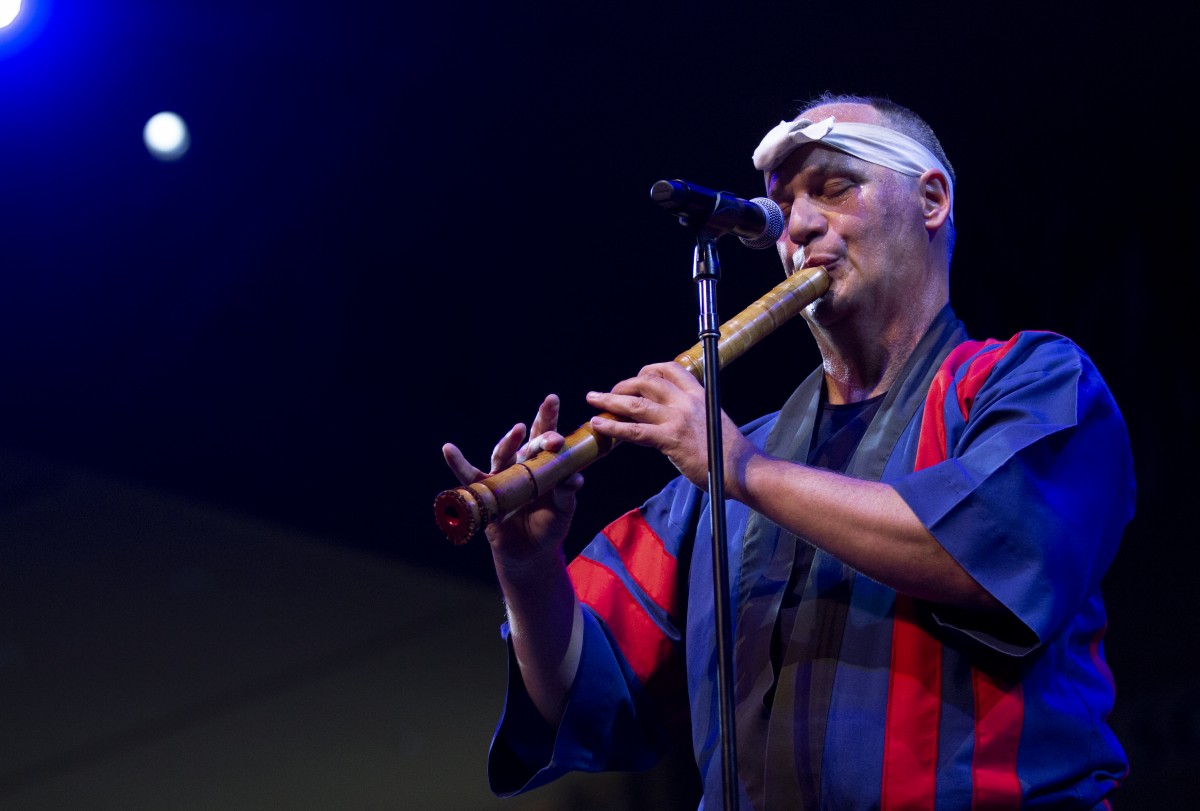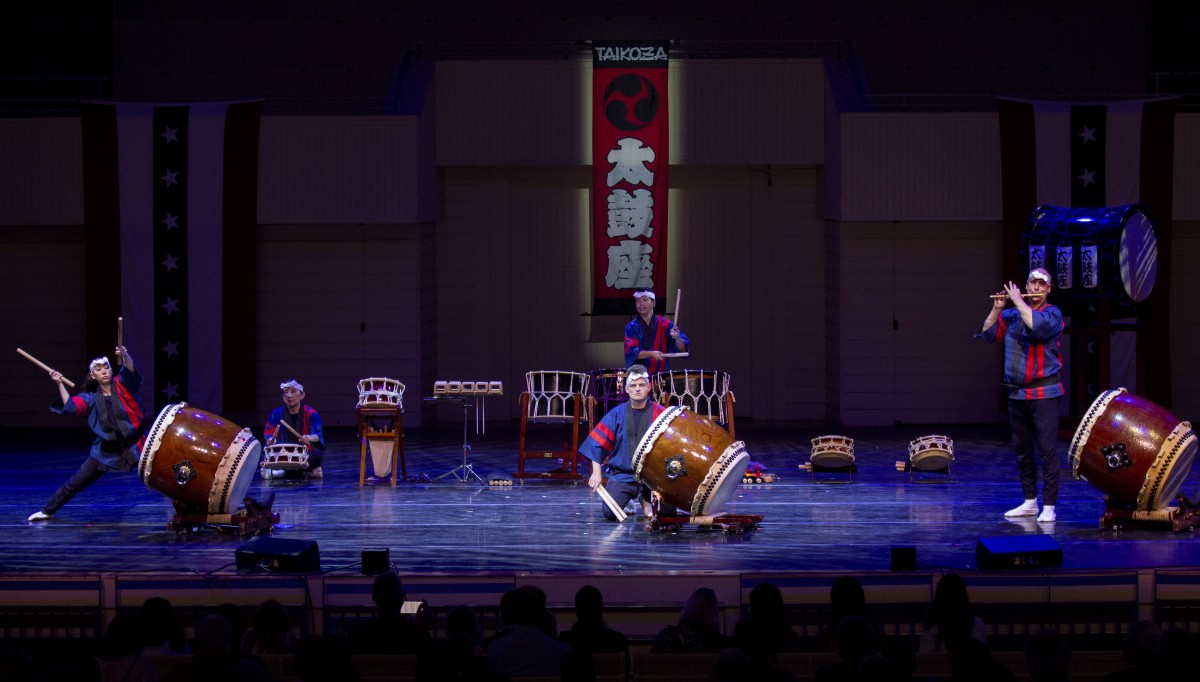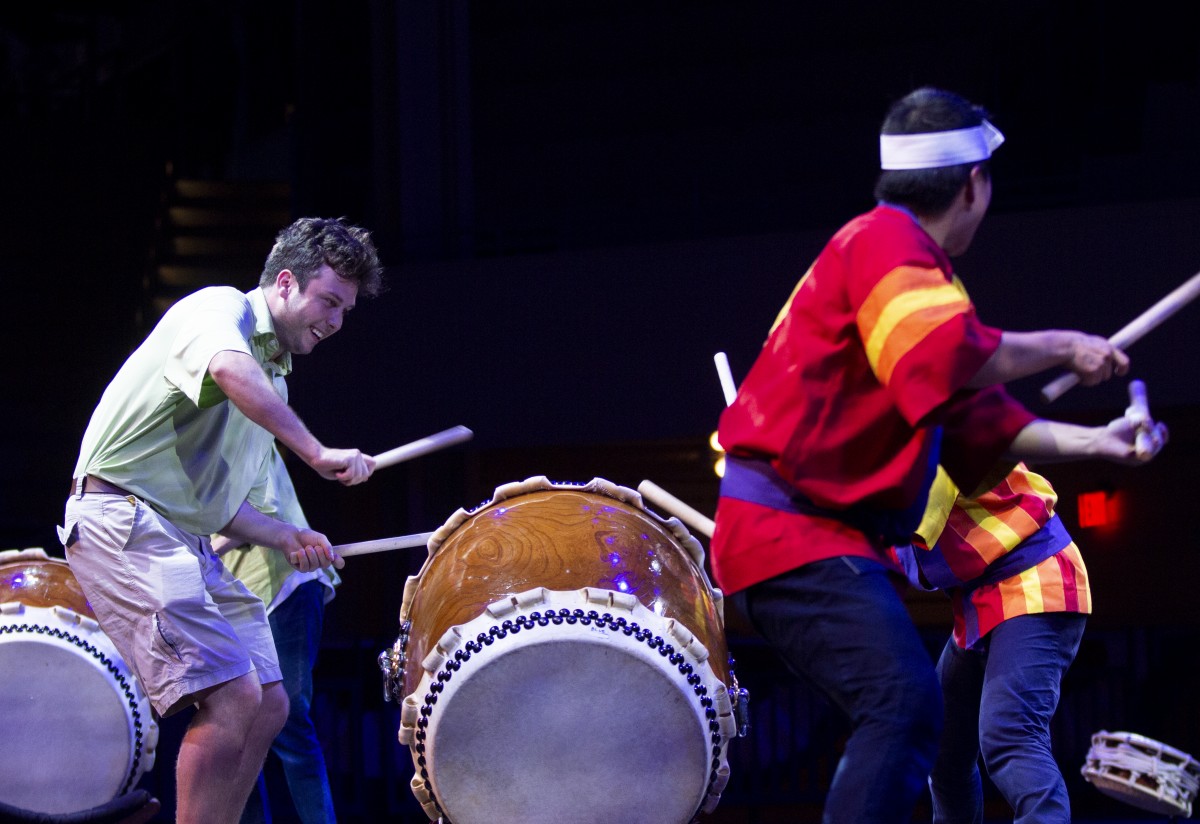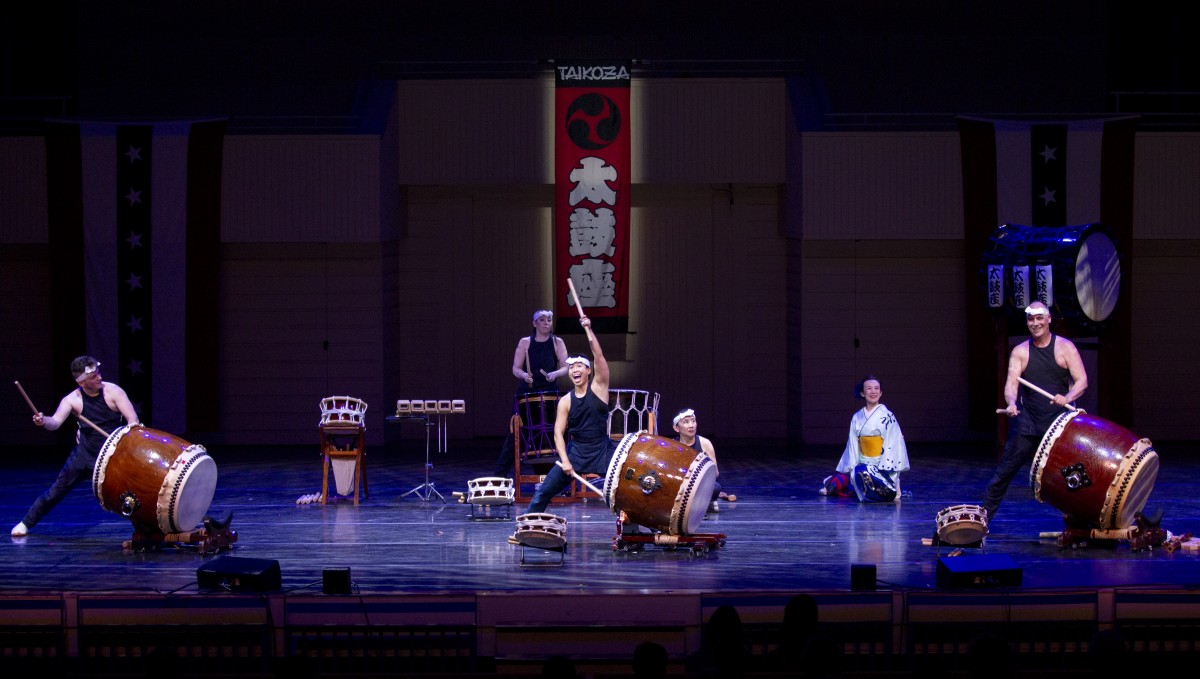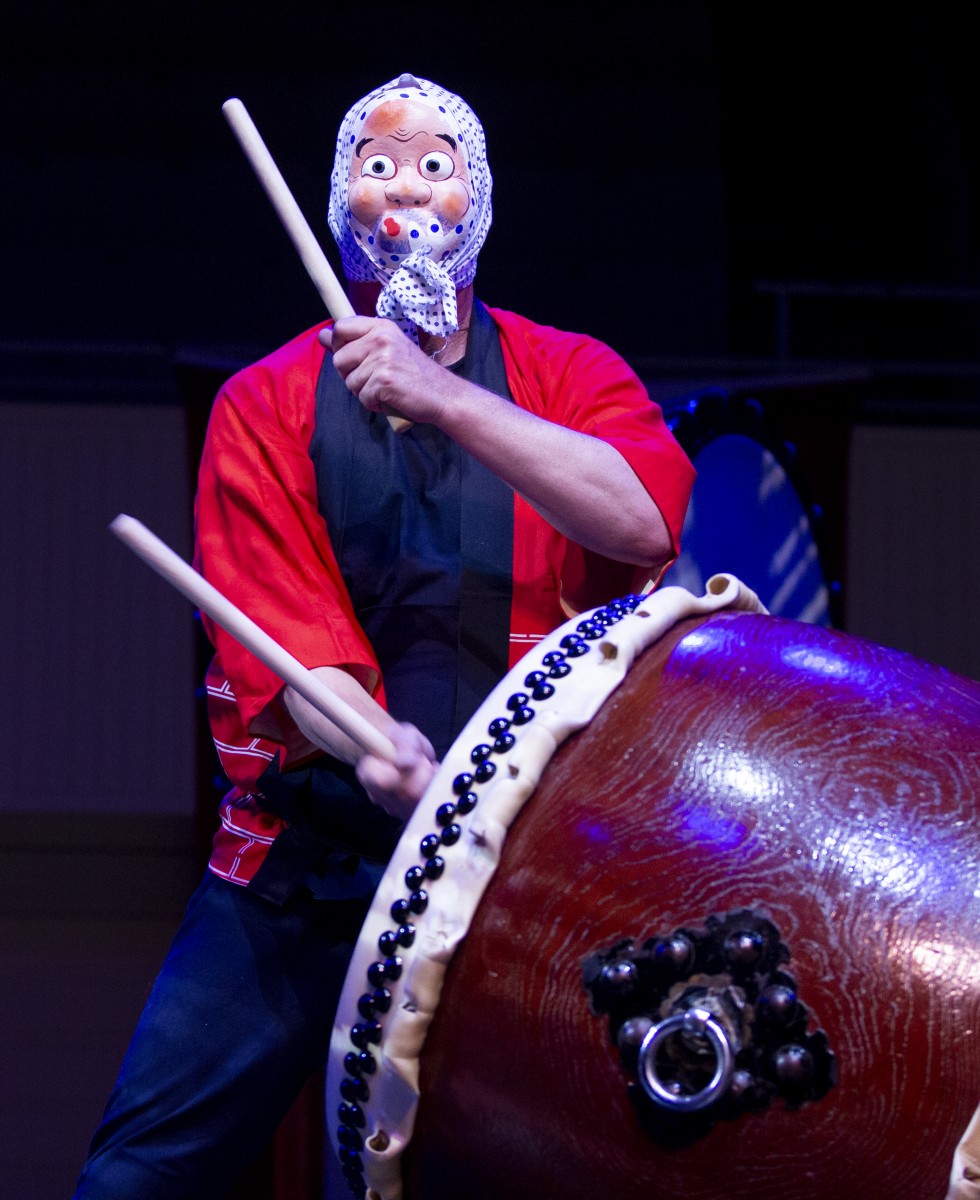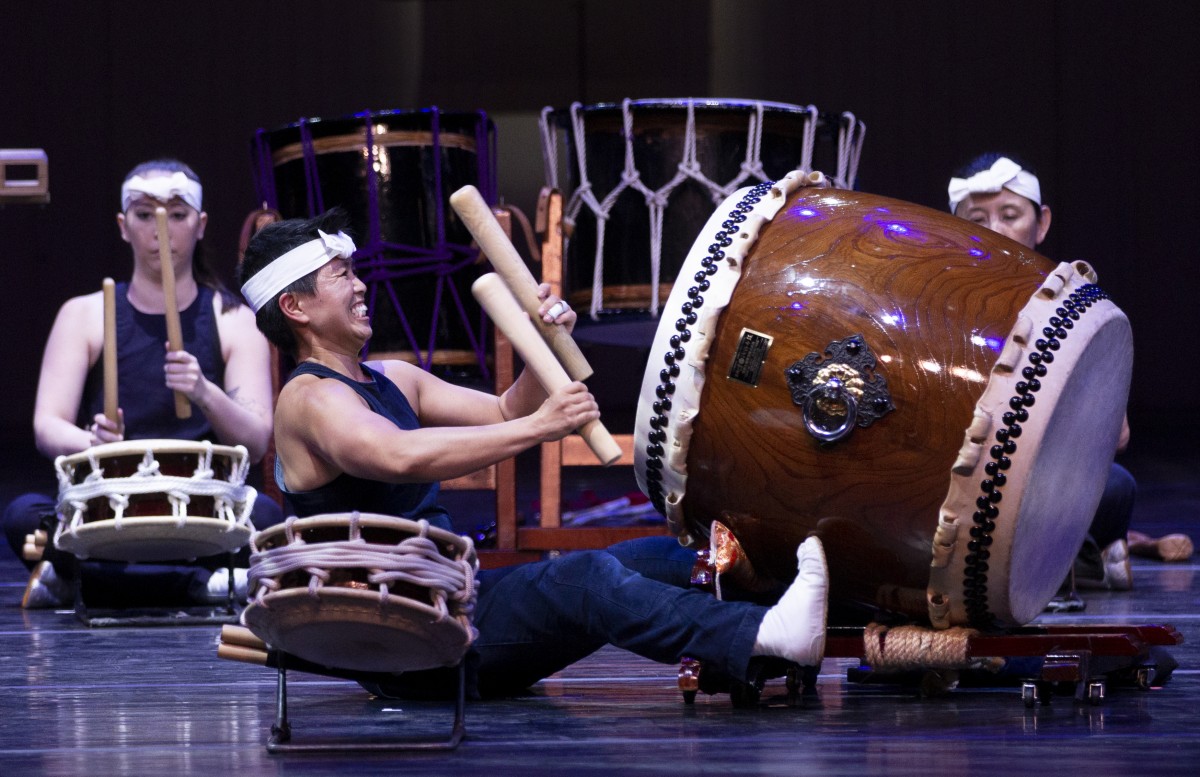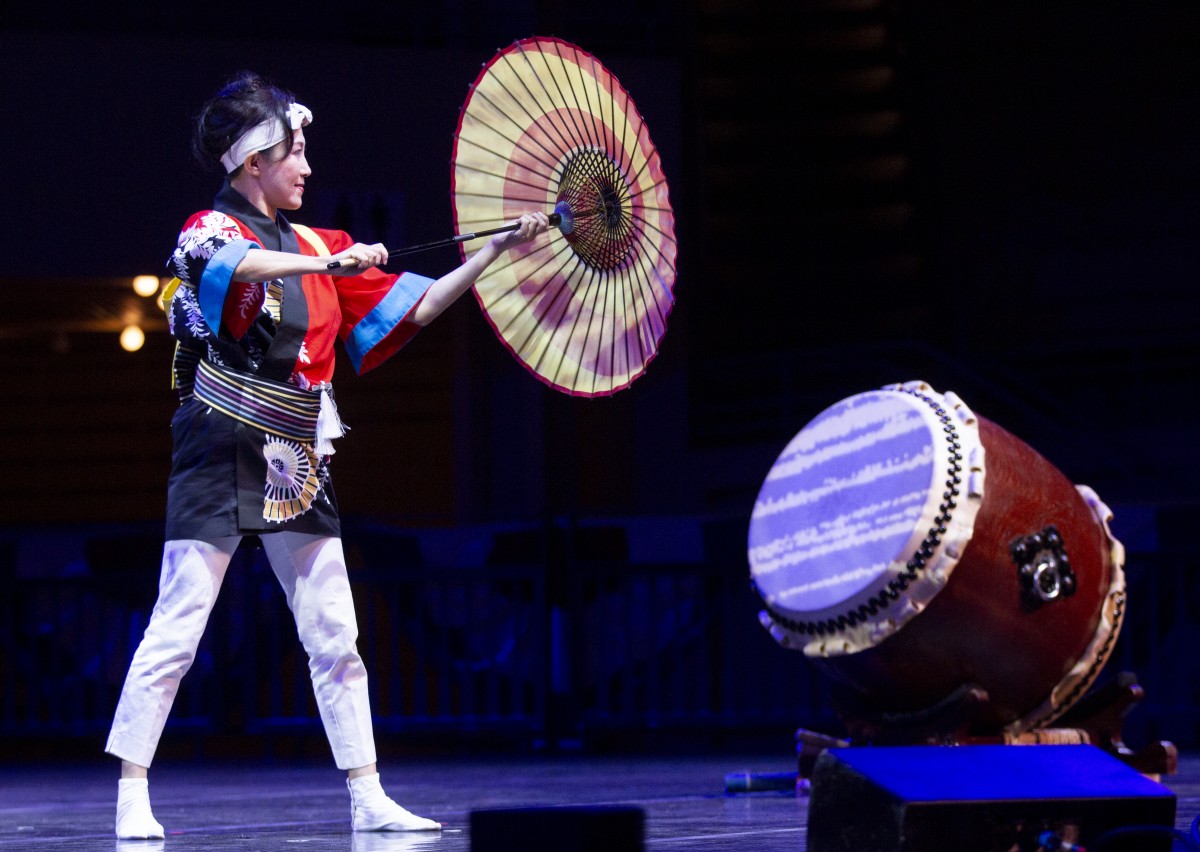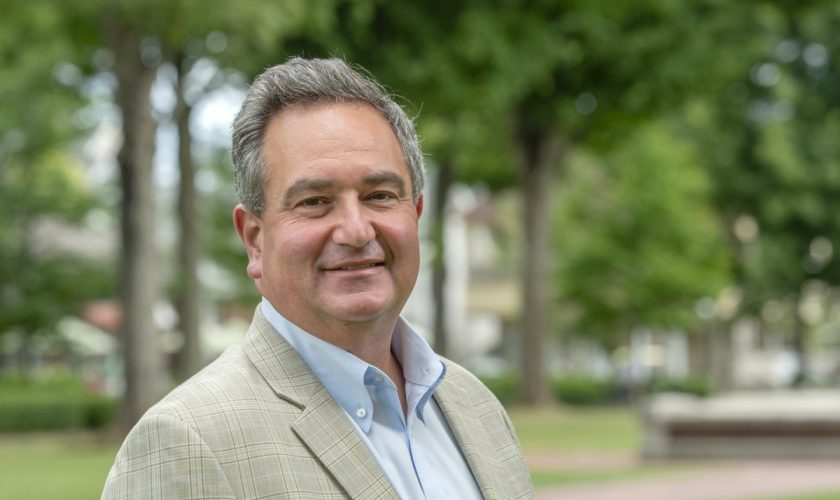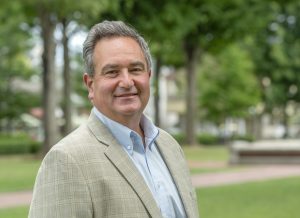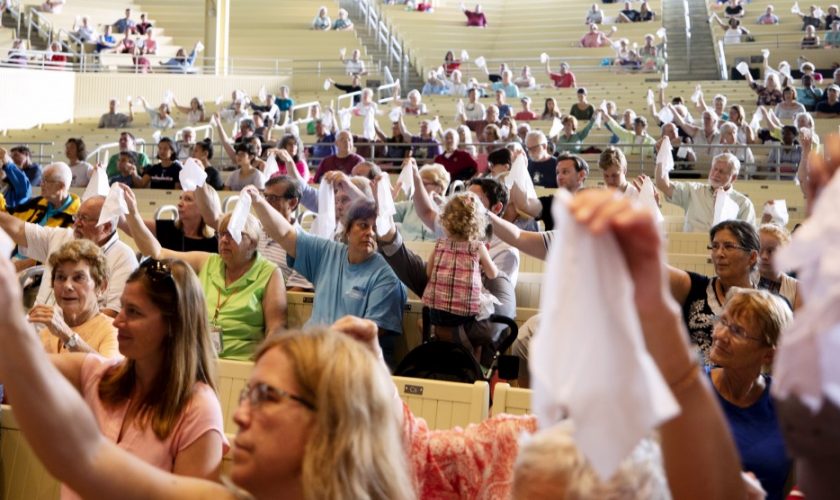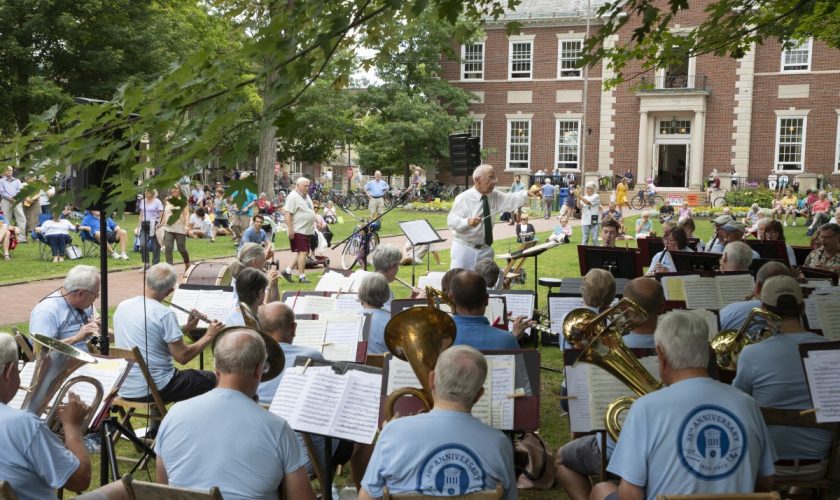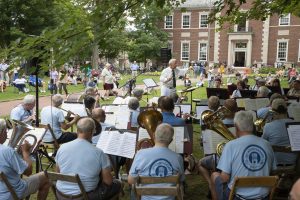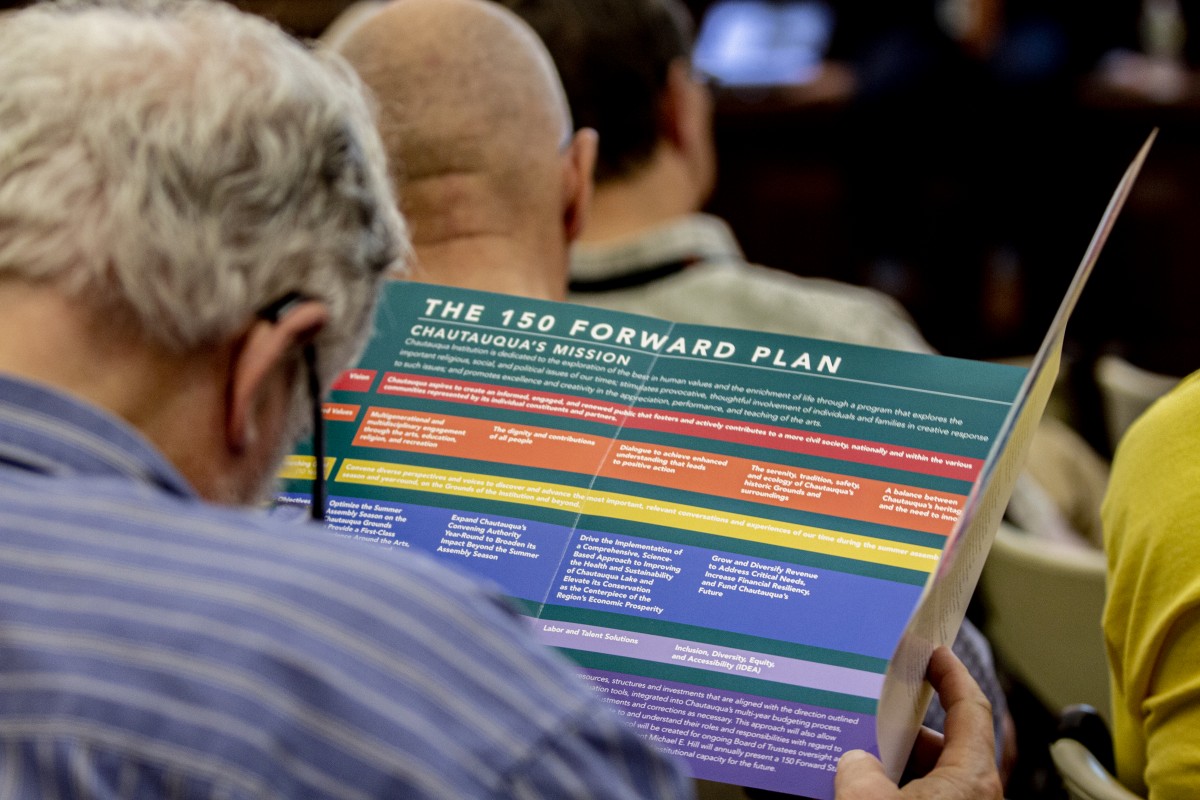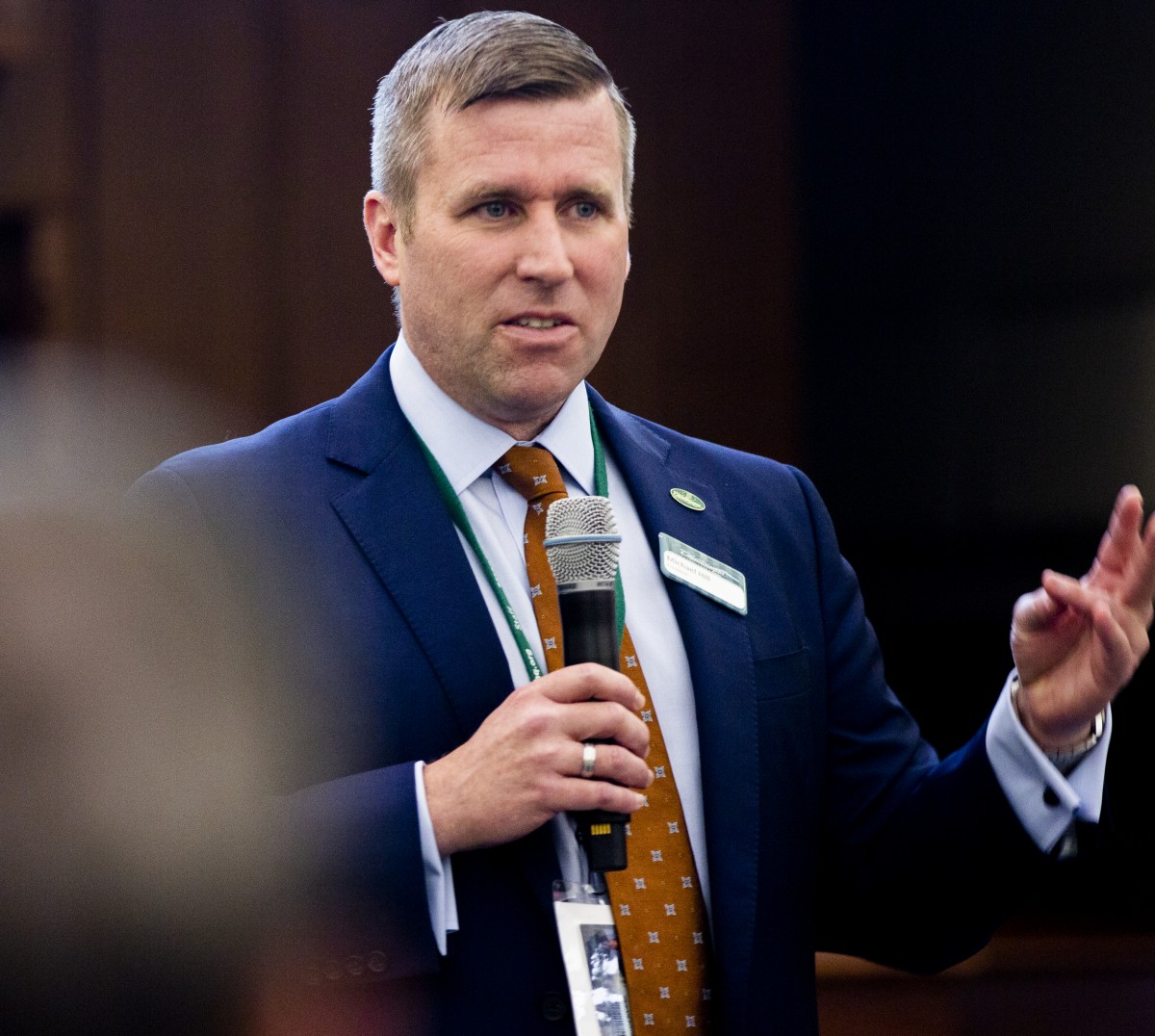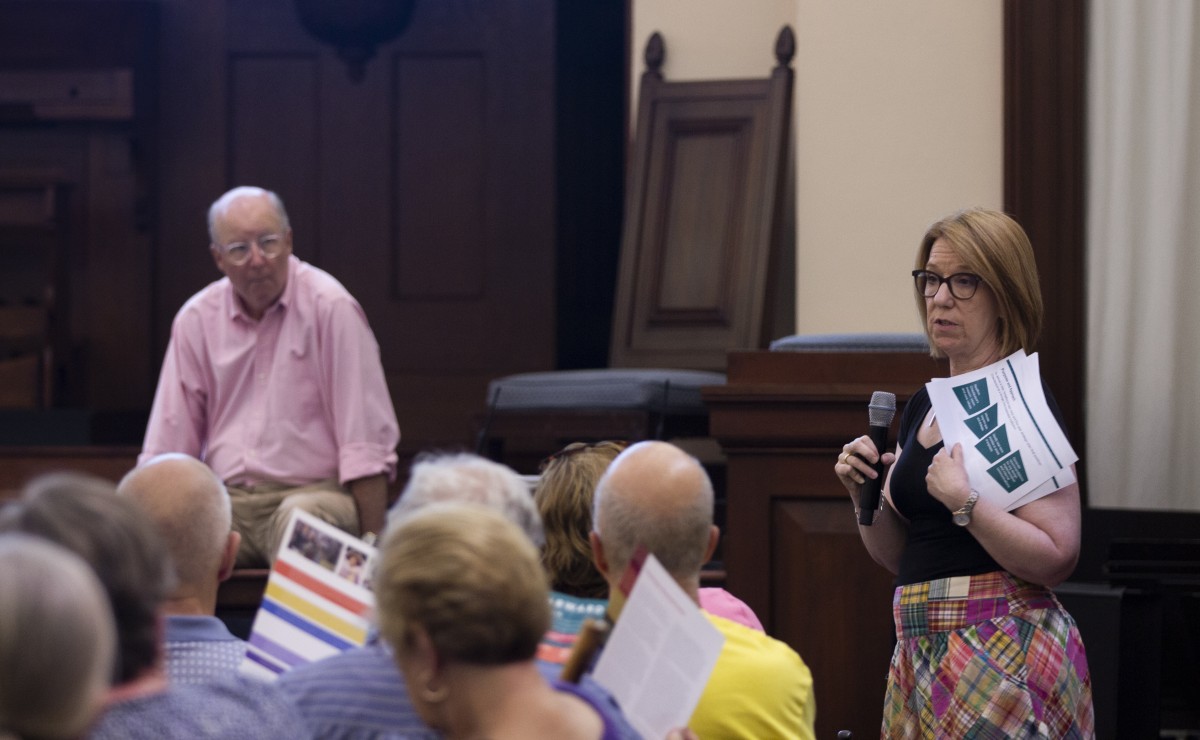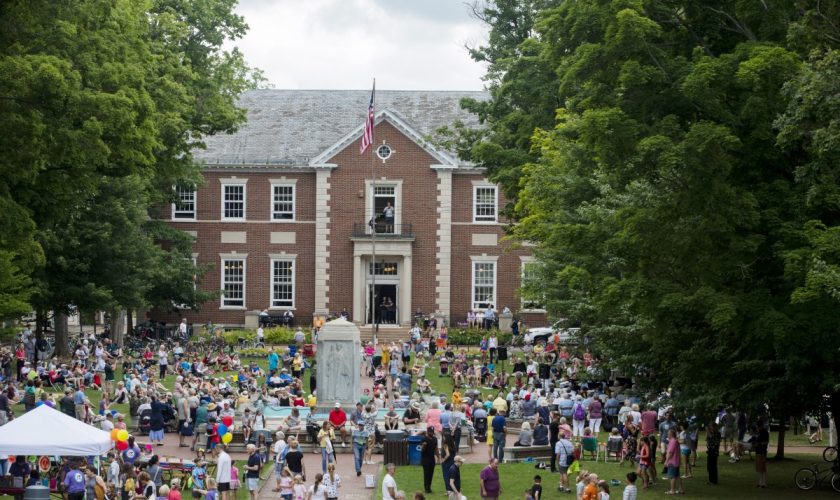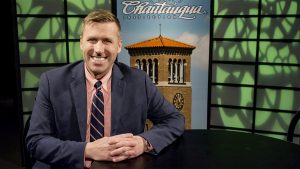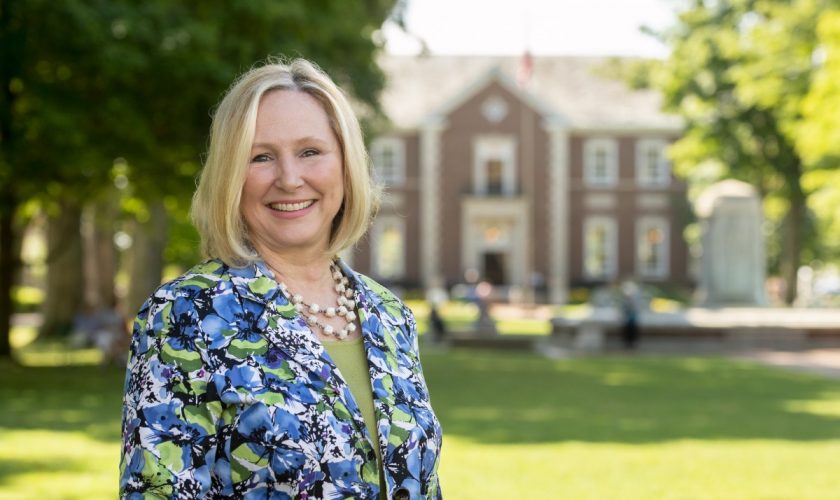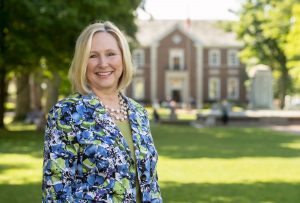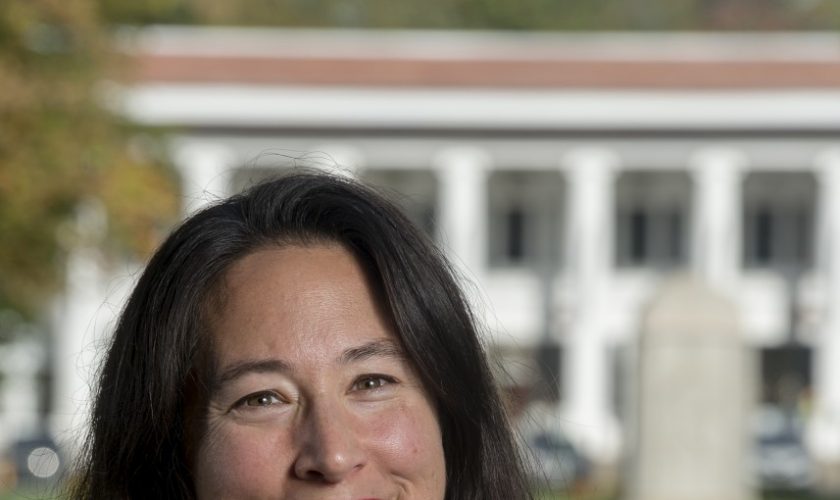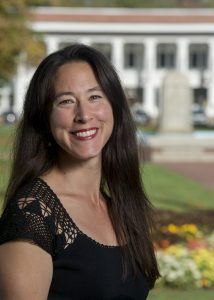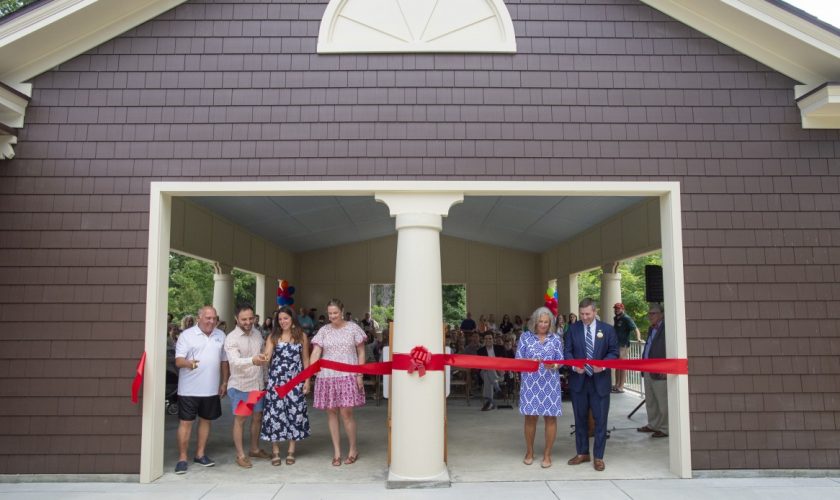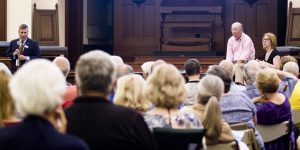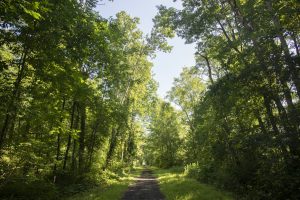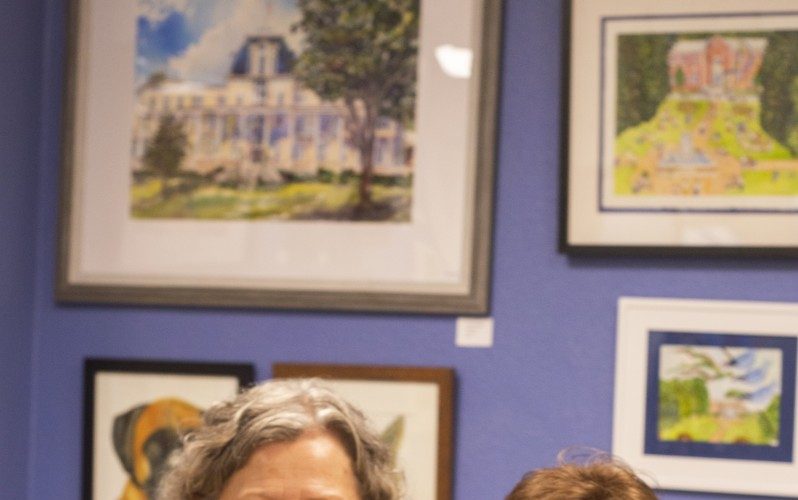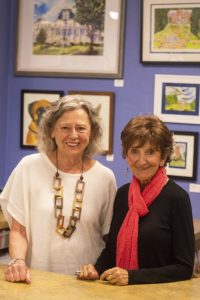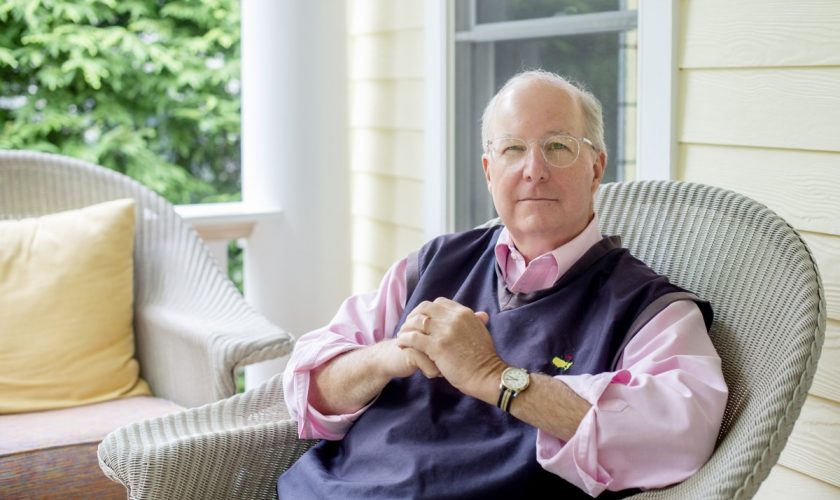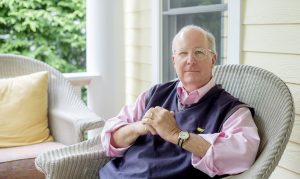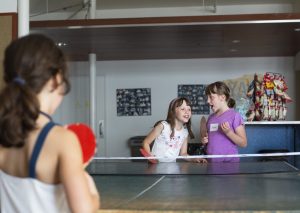
MHARI SHAW/STAFF PHOTOGRAPHER
Last Saturday morning, after the Old First Night Run/Walk, families and friends gathered at the Youth Activities Center for a fun-filled morning of games and activities.
The NOW Generation and advisory council volunteers hosted the sixth annual Summerfest, where Chautauquans were invited to bring their children or grandchildren and participate in family-friendly activities. After the Old First Night Run/Walk, people gathered inside of the YAC, where they could choose from pancakes, sausage, fruit and much more for breakfast. Kids were doing crafts and playing games and could be seen outside throwing frisbees and blowing bubbles.
“We try to capitalize on the Old First Night buzz and when everyone’s in town gathering after the race,” said Mhoire Murphy, NOW Generation advisory council member. “It’s fun to get everyone together.”
Murphy said the event is like a multigenerational reunion, where members are able to see their old counselors from Boys’ and Girls’ Club and old friends.
“(Summerfest) is our biggest family event, so even though we’re the NOW Gen, many of our events are open to everyone, which a lot of people don’t realize,” said Russell Bermel, advisory council chair of NOW Generation.
Throughout the season, NOW Generation volunteers host multiple family-friendly events, such as weekly volunteer-led playdates Tuesdays at Timothy’s and Wednesdays at the Water. For adults, there are weekly Pub Chats at 4 p.m. on Tuesdays in the Athenaeum Hotel Lobby Lounge.
“I think that those events are great because they give people a place to land in Chautauqua and connect with other people in NOW Generation,” said Carrie Zachry Oliver, NOW Generation council member. “For planning purposes, we offer to let people self-nominate to host things, which is cool, because it’s allowed for a variety of hosts this summer and it’s made each event a little bit different based on who’s hosting.”
Wes Delancey, 37, has been coming to Chautauqua for his entire life. He said that 22 of his family members came to the grounds this year, and Summerfest is one of his favorite events.
“I love Summerfest,” Delancey said. “After the race, it’s a good way to come over and see friends that you’ve grown up with. It’s a good way to keep everything going on a Saturday.”
Delancey worked at the YAC when he was younger, so he has many longtime friends and connections at Chautauqua. He said being able to come back and reunite with them is one of the best parts of the event.
“It’s a special place, there’s no question about it,” Delancey said. “You literally don’t see people for 365 days, then you come back and you feel like you saw them yesterday. That’s one of the nice things about the NOW Generation.”
For more information about the NOW Generation or to learn about ways to volunteer or get involved, visit the Facebook page (facebook.com/NOWGenCHQ) or contact Megan Sorenson, staff liaison, at 716-357-6243 or msorenson@chq.org to sign up for the e-newsletter.


